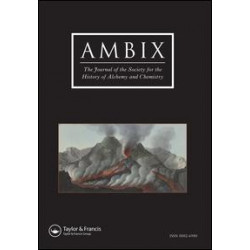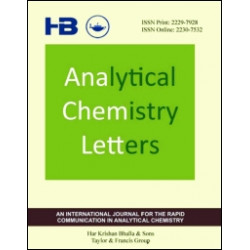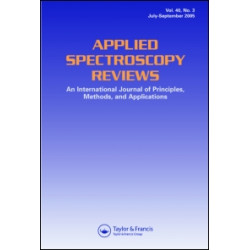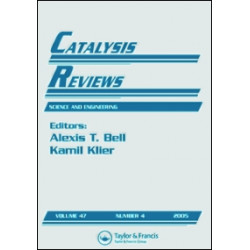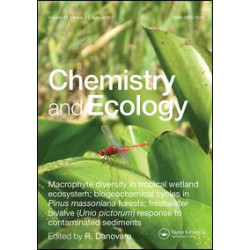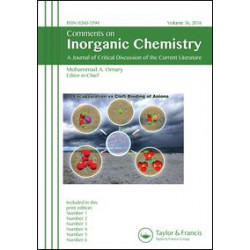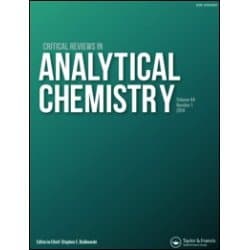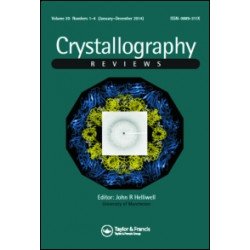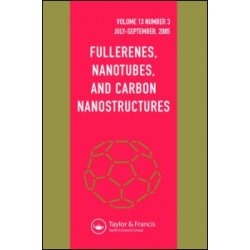
Particulate Science and Technology
Particulate Science and Technology, an interdisciplinary journal, publishes papers on both fundamental and applied science and technology related to particles and particle systems in size scales from nanometers to millimeters. The journal's primary focus is to report emerging technologies and advances in different fields of engineering, energy, biomaterials, and pharmaceutical science involving particles, and to bring institutional researchers closer to professionals in industries.
Particulate Science and Technology invites articles reporting original contributions and review papers, in particular critical reviews, that are relevant and timely to the emerging and growing fields of particle and powder technology.
Topics include:
- Particle dynamics - single and multiple particle systems, optical, electrical, magnetic, mechanical, and electrostatic properties of particles, particle generation, particle size and shape characterization, classification;
- Fluid flow through a packed bed of particles; fluidization, applications of fluidized beds, pneumatic transport of powder, dilute and dense phase transport, atmospheric aerosols, dust transport and deposition;
- Crushing and grinding, slurry flow systems, rheology of slurry, applications to energy industries, slurry viscosity, slurry handling operation;
- Colloids and fine particles - surface properties, interparticle forces, van der Waals, capillary and electrostatic forces, adsorption and desorption properties, surface modification, adhesion and removal forces;
- Separation of particles from gas and liquid - cyclones, filtration of particles, sedimentation, diffusion, impaction, electrostatic precipitation, electrodynamic separation processes, powder coating, plasma coating, sintering, superydrophobic coating;
- Storage and flow of powders, hopper design, shear cell analysis, vibration, wet scrubbers, granulation, drying;
- Mixing and segregation, particle size reduction and size enlargements, particle agglomeration, microencapsulation, dispersion of powders;
- Health effects - lung deposition of inhaled particles, pulmonary delivery of micronized drugs, harmful effects of inhaled pollutants, dissolution process;
- Nanoparticle technology, size, shape, and structures of nanoparticles, synthesis of nanostructures such as nanotubes, core-shell designs, and their characterization, dispensation and coating of nanoparticles, industrial, renewable energy and medical applications;
- Hazard mitigation, particle contamination control, dust hazard mitigation in space exploration, fire and explosion hazards, prevention of dust cloud explosion, powder electrostatics, electrostatic discharge control, safety requirements
All submitted manuscripts are subject to initial appraisal by the Editors, and, if found suitable for further consideration, to peer review by independent, anonymous expert referees. All peer review is single blind and submission is online via ScholarOne Manuscripts.
Publication office: Taylor & Francis, Inc., 530 Walnut Street, Suite 850, Philadelphia, PA 19106
₹145,654.21







